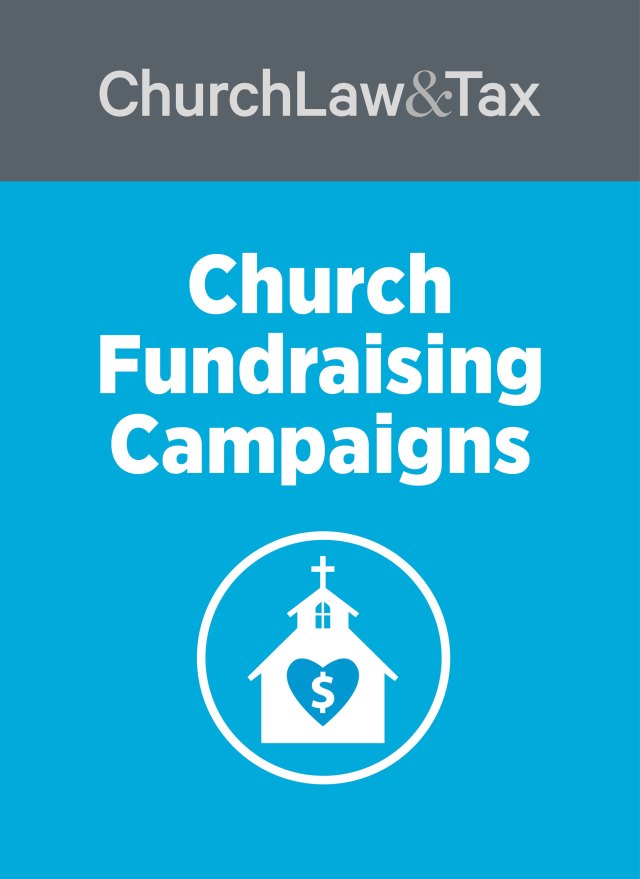Matching grants are a reasonably common tool used in churches, particularly for church planting, as well as ministries and nonprofit organizations. However, a small body of research strongly suggests that challenge grants work more effectively than matching grants in terms of overall fundraising.
Key differences
What’s the difference? A typical matching grant works along the following lines: For every dollar you give, another partner organization/foundation/donor “matches” your dollar with another dollar (or $0.50). According to research, a matching grant is at least somewhat more motivating than a direct appeal for funds.
A challenge grant is subtly distinct from a matching grant, and is often worded along the following lines: “If we raise $X in total, then we’ll also get $Y from some other source.” Or sometimes, “If we get X number of new donors, then we’ll also get $Y from some other source.” A challenge grant is, according to the findings, more motivating than a matching grant.
Challenge grants more compelling?
The fascinating question is, why are challenge grants more compelling than matching grants? My survey of the research has not returned a satisfactory answer. My hunch is that many people have an innate sense both of competition (“I want to meet the challenge”) and of cooperation (“If we do this together, we’ll achieve such-and-such goal”).
In other words, I think challenge grants are better able to bring out the best in us, both cooperatively and competitively. Future research, I’m sure, will shed more light on the validity of my hunch.
There’s a further consideration. Most matching grants I’ve heard about for church planting encourage the planter to go after bigger dollars, rather than a bigger pool of donors (even if those donors represent relatively small amounts).
“If you raise X amount for your church, we’ll match with Y amount.” The practical problem with this approach is obvious: If you lose even one high-ticket donor, you’re in trouble.
Wise to have large base of small donors
Contrast this with the approach of college alumni associations, which reveal the wisdom and long-term sustainability of amassing a large base of small, individual donors. Over time, a few of them will mature into large-dollar donors. But even if most don’t, the natural ebb and flow of donor rolls will have little effect on the association’s ability to meet its fundraising goals, based as it is on volume, not mass.
Ministries—particularly church planters operating under matching grants—tend to do just the opposite. They focus on relatively few, high-ticket donors, at the expense of growing their individual donor base. I strongly believe granting organizations should test a challenge grant structure that matches “sending church dollars” to benchmark growth of the church plant’s donor base. My hypothesis is that, compared to matching grants, the challenge to grow a broad donor base will result in more economically stable and sustainable ministries over the long haul.
Adapted from The Habit of Asking by Christopher J. Kopka. Copyright 2016 by Chris J. Kopka. Used with permission.
Christopher Kopka conducts Habit of Asking workshops for churches. He is president of Thrivent Church Solutions Group. In this role, Kopka leads Thrivent’s church-related businesses and functions, which presently reach over 30,000 churches through products and services provided by Thrivent and partner organizations. He is also the senior vice president for Mergers, Acquisitions & Strategic Partnerships.
For more information on church fundraising check out Increase Giving at Church.





